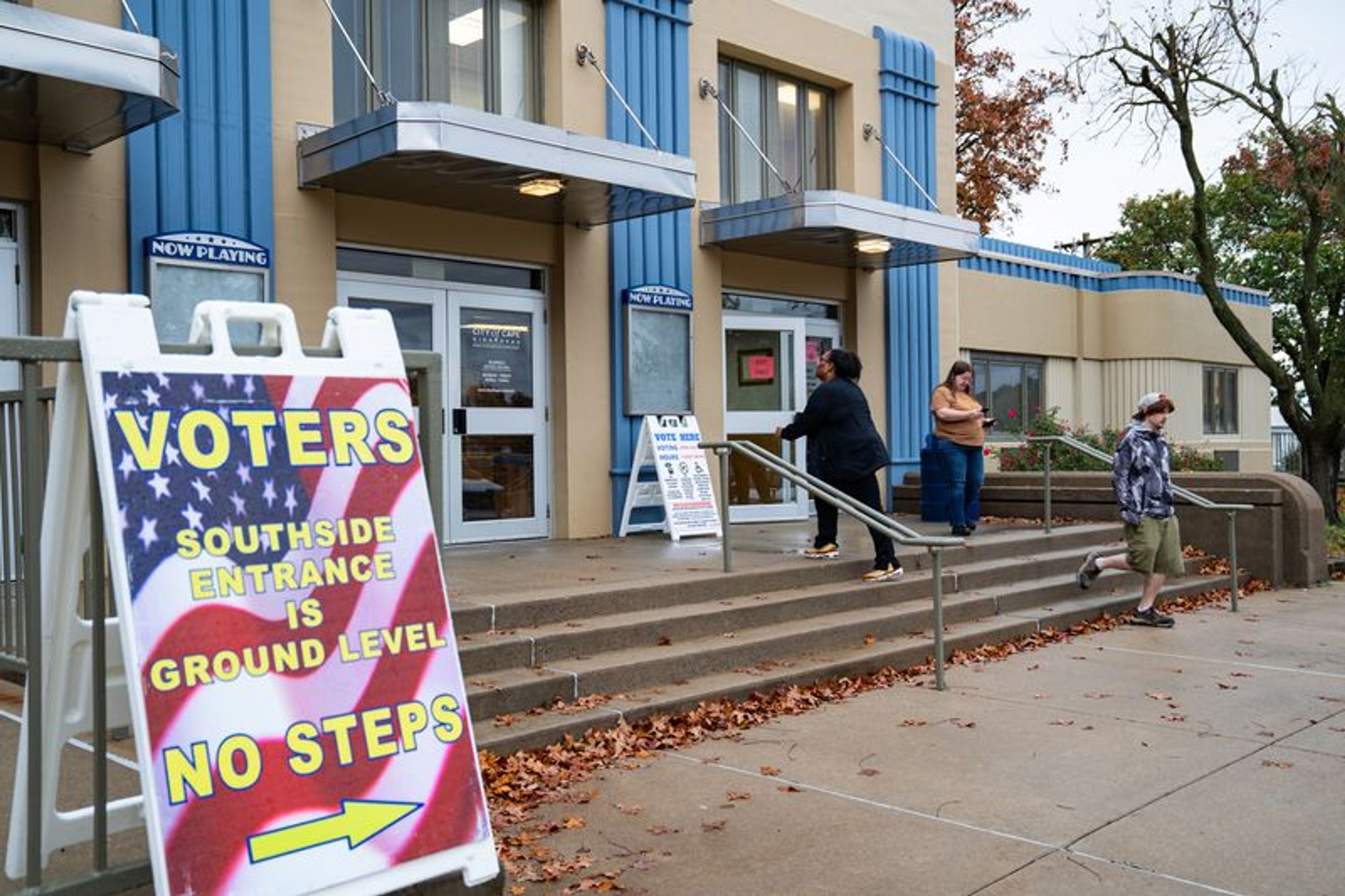State budget is put under a microscope
When it comes to getting Missouri back on a sound financial footing and a prudent budget course, the tool that will have to be used is a machete, not a pair of fingernail clippers. In essence, that is the conclusion of a new report about the Show Me State's past, current and future financial situation. The report was produced by one of the state's leading budget authorities, James R. Moody...
When it comes to getting Missouri back on a sound financial footing and a prudent budget course, the tool that will have to be used is a machete, not a pair of fingernail clippers.
In essence, that is the conclusion of a new report about the Show Me State's past, current and future financial situation. The report was produced by one of the state's leading budget authorities, James R. Moody.
Moody has developed quite a following across the state, a following that crosses political lines and the rosters of special-interest groups. Last year his in-depth analysis of the crisis arising from the growing gap between spending and revenue was widely circulated. Gov. Bob Holden sent copies of Moody's videotape presentation on the state budget to state agencies.
For the record, Moody currently runs a Jefferson City government-relations and consulting firm. He knows the financial details of state government like a jeweler knows the insides of a watch. He has been the state's commissioner of administration and has served as the state's budget director. He has been a top official with three agencies that rely on state funding.
So when Moody describes the need for machete-wielding policymakers in Jefferson City in his latest report, "Missouri's Budget Problem: Causes and Possible Solutions," he is relying on years of experience and is to be taken seriously.
The 36-page report carefully establishes the effects of tinkering with one part of the state budget on other areas financed by state revenue. The report examines the role of the so-called Hancock Amendment that limits the growth in state revenue. Moody's analysis reviews the debate over too much spending versus too little revenue. The impact of changes in federal tax laws on state revenue is analyzed in the report. The growth of state government takes up a large section of the report, and state's funding formula for schools takes up five pages of the report. Medicaid costs and state tax credits are put under a magnifying glass. And, last but by far not least, the growth of prisons and the probation/parole caseload are reviewed.
It's not easy to sum up Moody's analysis. After all, it took him 36 pages to credibly summarize just the highlights of where state finances are headed. But here are a few highlights:
In the spending-versus-revenue argument, Moody suggests both sides are half right -- and half wrong. Missouri is "clearly spending too much" and has "repeatedly" resorted to one-time funds to "hide the problem and delay the pain."
Between one-time revenue sources that have to be replaced and the growth of Medicaid and other entitlement programs, it will take another $1 billion or more "simply to stay somewhat level with current programs."
The fact that the state has added more than 9,500 full-time-equivalent positions since 1992 cannot be easily offset due to factors like a doubling of the state's prison population since 1993.
In general, any savings from program cuts or restructuring are generally used to pay for other new or expanded programs, making such frugality a "facade."
Moody's report -- and the debate it is likely to produce -- deserves serious consideration by elected officials and bureaucrats at every level of state government.
Connect with the Southeast Missourian Newsroom:
For corrections to this story or other insights for the editor, click here. To submit a letter to the editor, click here. To learn about the Southeast Missourian’s AI Policy, click here.








